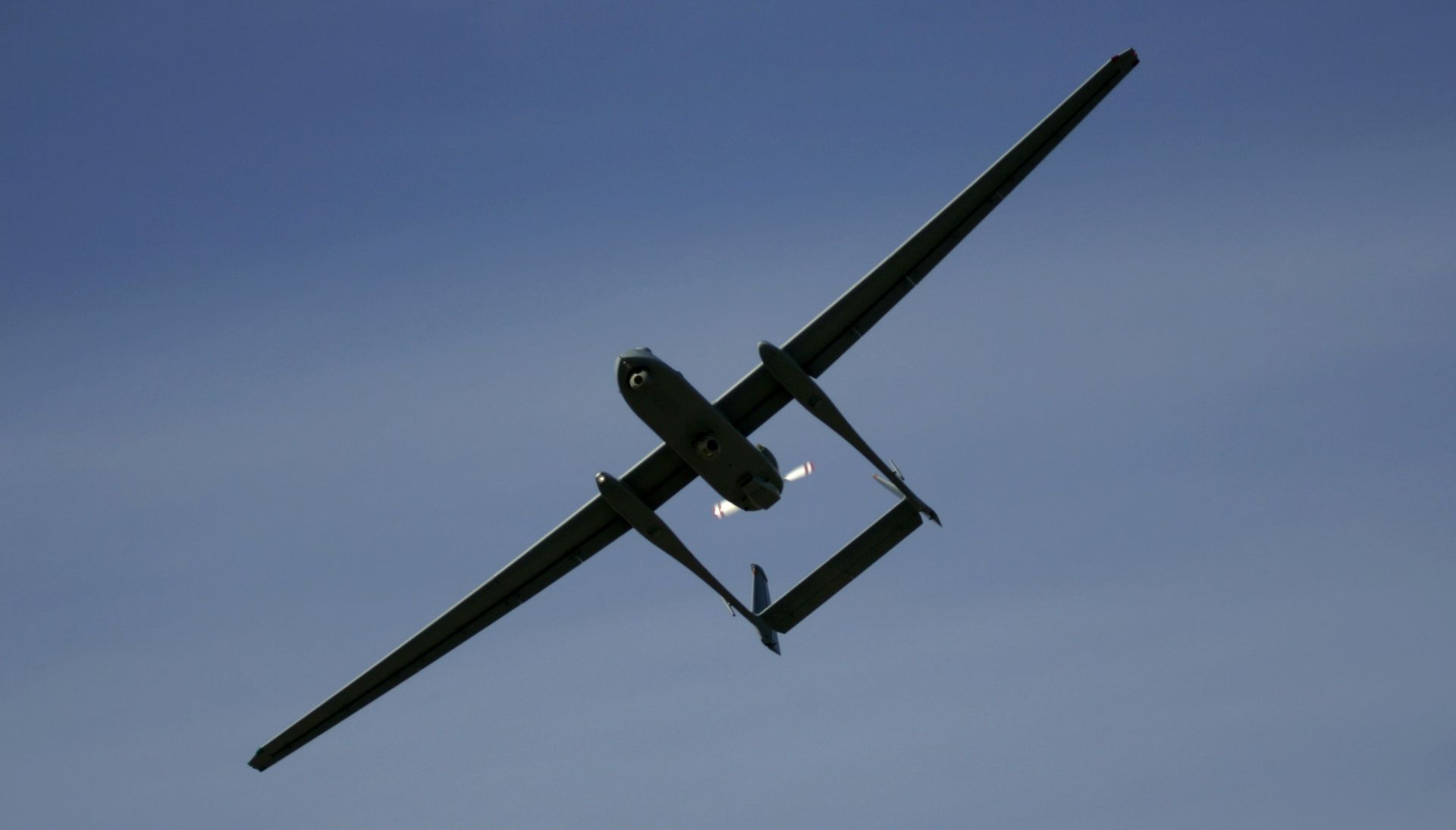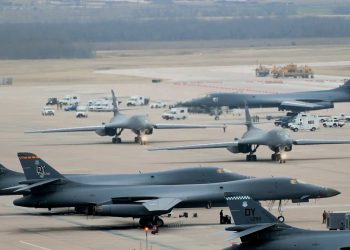UK Ministry of Defence, Merlin helicopters from the RAF Benson-based 28 Squadron have been put to the test in the blazing heat of the Kenyan rift valley, pushed to their limits for Exercise Grand Prix 2007.
The Kenyan sun burns pink, orange and red as it rises slowly in the morning sky. It is 0630 hours and the temperature is already in the early 20s.
The dull thuds of mortar and artillery shells are interspersed with the crack of machine gun fire. Weaver birds are busy tending to their nests as the soldiers of the 1st Battalion, the Royal Irish Regiment advance unstintingly towards a 'Taliban' compound.
This is Exercise Grand Prix which is held every year in the arid tundra of the Kenyan rift valley, and the soldiers and 28 Squadron have been pushing themselves to their limits. The Benson-based Merlin squadron played a central role in the deployment.
According to Flight Lieutenant Andrew Hodge, aside from the dust and the heat, the major challenge of working in Kenya is the “density altitude” – the high temperatures mean the air is thin, which affects helicopter performance. He explains: “We're operating at our limit, which, at the moment is 10,000 feet.”
The forward operating base is Camp Masterson, deep in the heart of the Samburu National Park. This is a challenging environment and alters the flying characteristics of the aircraft.
Andrew added: “Certainly the lower you are the better the performance. You just have to fly the aircraft a lot 'smoother' and just be aware of power limitations, because the engines are working just that little bit harder to really bite into the thinner air.”
Even though the dusty hot climate is demanding for the smooth running to the Merlin's three Rolls-Royce engines, according to loadmaster Sergeant Andy Hack, the aircraft has performed well. He said:
“It's been pretty good. In desert operations in the past they've had toward 90 per cent serviceability.
“If you go from A to B in Chinook and the guys are rattling around in the back, when you get to the other end, they get off the aircraft in quite a fatigued state. With this aircraft you tend to find within about ten minutes of the passengers coming aboard they are asleep because it's a really comfortable environment.”
“Out here the density altitude means that we are operating close to 14 tonnes. In an operational environment we have been known to go above 15 tonnes.”
For a medium lift helicopter, the Merlin has an impressive top speed of 140 knots (260km/h). Also, from the design of the cockpit to the aircraft's systems everything about the Merlin is state-of-the-art.
One of the best things about this aircraft is the redundancy of the systems say the crew. Another design feature is the black cockpit dash board which only shows the pilots what they need to know at that time. Andrew said:
“It encourages the guys to be able to look out more. Things like temperatures and pressures, we don't really need to monitor them unless the aircraft tells us it may be getting close to its limit or there is a potential problem.”
But the crew say the Merlin comes into its own as a support helicopter in the efficiency and comfort it offers to its 'customers' – the gunners or soldiers who fly in the back on their way to battle.
Andrew added:
“The result of this was the development of a system called Active Control of Structural Response which puts a vibration into the gear box on four struts, works out and cancels the natural vibration of the airframe.
“If you go from A to B in Chinook and the guys are rattling around in the back, when you get to the other end, they get off the aircraft in quite a fatigued state.
“With this aircraft you tend to find within about ten minutes of the passengers coming aboard they are asleep because it's a really comfortable environment. So when they get to where they are going, they're getting off the aircraft in a really good fighting order.”
Beijing slams US over potential Chinese drone ban
China said on Friday it would take "all necessary measures" in response to the United States announcing it was considering...








